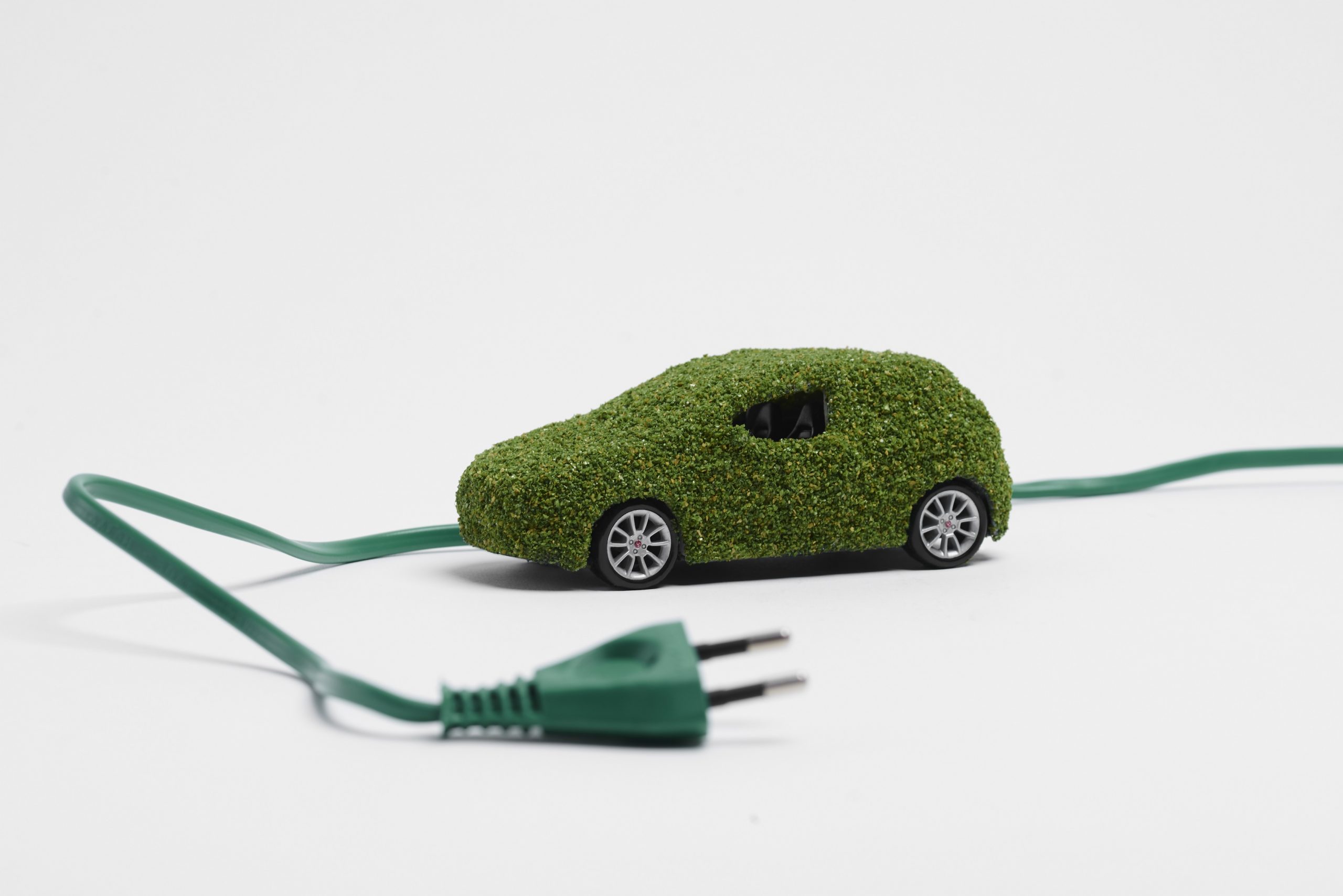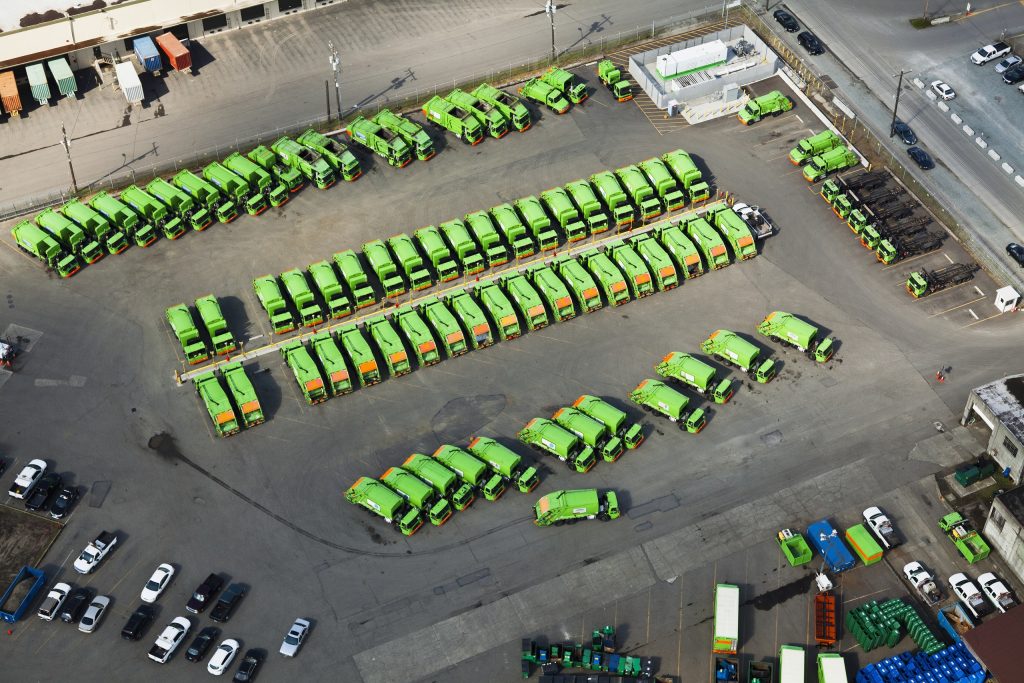
We are of course talking about CNG. One of the most popular petrol/diesel alternatives in the market today. It is also a good substitute for LPG, as it can also be easily used to cook food and other applications. This is why countries like America use it as a household fuel. Even though LPG dominates the market in more developing economies like India.
As the prices of petrol and diesel keep going up all over the world. More and more people have begun to consider other alternate fuels for their vehicles. Modern car manufacturers have started to experiment with electric vehicles. As a way of bypassing burning fuels altogether. However, that technology is still quite expensive, mostly owing to battery costs.
Thankfully, not everyone has to worry about saving up for a new electric vehicle. As there is already a form of alternative fuel that is not only cheaper than gasoline. But also more efficient, as well as environmentally friendly. On top of being easily available and compatible with internal combustion engines. This means that not only can it be easily used with existing vehicles. It also helps reduce the burden on your wallet and your conscience.
If you want to go in-depth regarding the differences between CNG and LPG, you can explore our article on that. Here, we are focusing more on CNG, and how it can help convert your existing vehicle into a hybrid.
If we are to define CNG, it is simply natural gas under pressure. This is obvious when we see its full form, i.e. Compressed Natural Gas. Natural gas is collected from coal bed methane wells. Just like LPG and other such fuels, it is clear, odorless, and non-corrosive. And is generally made by compressing methane down to less than 1% of its volume.
You don’t need to do that to use it as fuel though. Since methane can be simply mixed with oxygen to create an explosion. However, it still needs to be properly stored, and uncompressed methane takes up a lot of space. So, to achieve proper fuel efficiency with natural gas, it is often compressed. So that enough fuel can be safely stored in a vehicle to match the driving range of petrol/diesel.
This is one of the biggest drawbacks of CNG systems. As the fuel tank is much bigger compared to regular gasoline. But, in most places, it costs less than a third to get the same driving range with CNG vehicles. Then it does with regular petrol or diesel ones.
So, it gets used often as a cheap option to replace them. Considering it is a lot easier to make a gasoline power car into a bi-fuel one. Then do a proper electric-hybrid conversion. In India, we even get bi-fuel models of a lot of traditional vehicles straight from the factory. As well as options for cheap conversion kits that can be easily installed by mechanics.
There are certainly options for a full CNG-based vehicle that you can buy. From carmakers like Fiat, Opel/General Motors, Peugeot, Volkswagen, Toyota, Honda, and others. But most of these options aren’t sold in India. So, we can’t really consider them. For our scenario, CNG kits are the cheaper, more readily available solution.

If you are also considering fitting your own vehicle with a CNG fuel system. Let us help you make that choice, by listing a few advantages that CNG has over regular petrol/diesel.
These are just some of the advantages associated with CNG. With fuel prices crossing the 100rs mark in a lot of places. It has now become a major economic benefit to convert your existing car to CNG. We hope we have given you enough of an introduction. To help you understand all the in’s and out’s of the fuel. And what you can expect once your switch over.
Leave a Reply